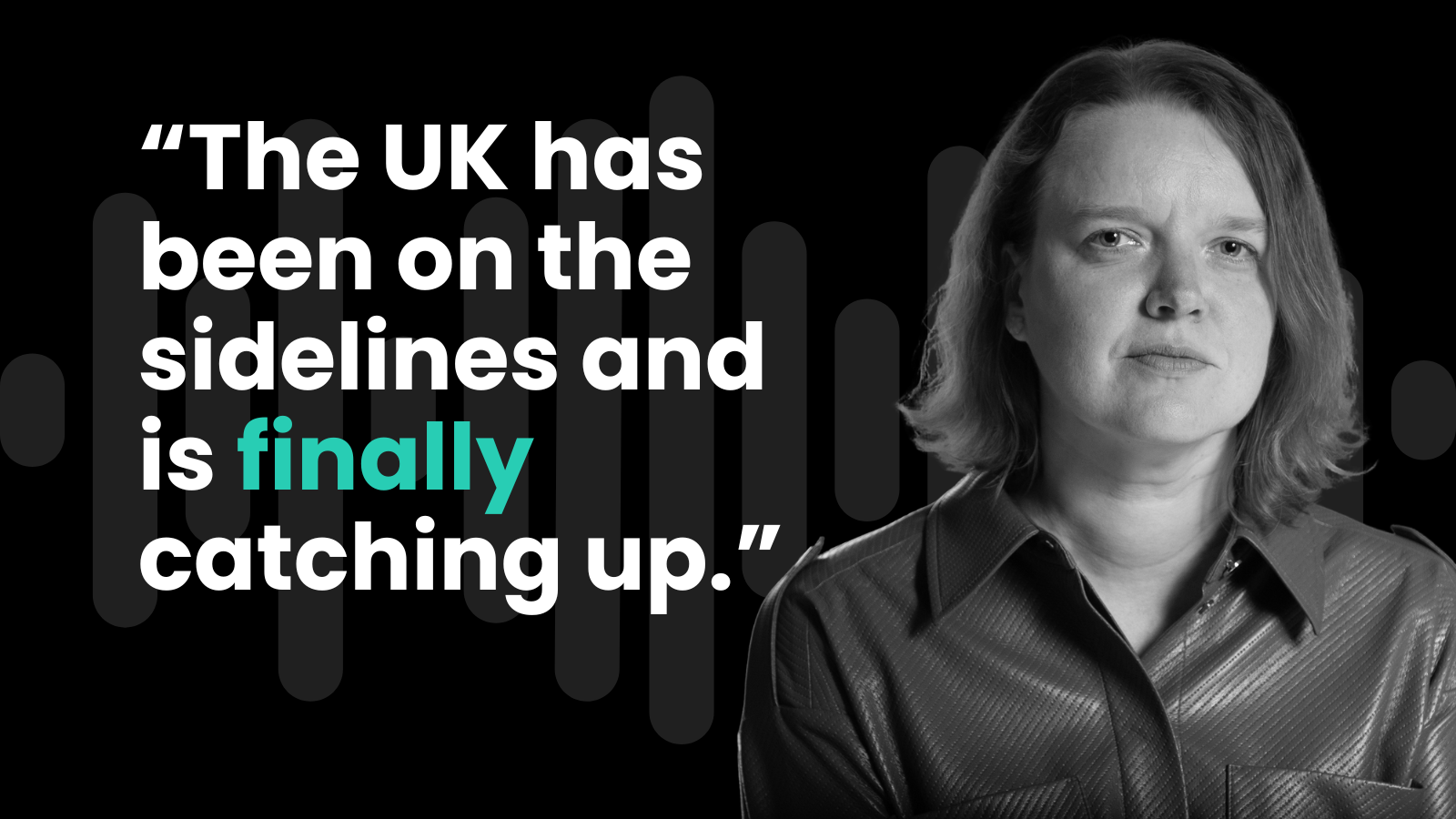After the S&P downgraded the US credit rating in 2011, and with Fitch doing the same in 2023, Moody’s has finally pulled the trigger this past Friday. Moody’s had just reviewed the latest proposal-One Big Beautiful Bill-which tags on 3.3T in new debt over the next 10 years.
By Jason Hsu, Chairman and CIO of Rayliant Global Advisers
Markets didn’t care. Perhaps you shouldn’t.
The 2025 federal budget, passed in April, will already result in a $1.9 trillion deficit for this year! The total US debt is at $36.7 trillion, give or take. Heck, what’s another $0.33 trillion, per annum, incrementally.
If President Trump doesn’t spend more money or hand out additional pork, the next President will. Who would ever stop the music and spoil the party? And, to what end? Who are we really hurting with all this debt, which we don’t ever have to pay back?
To be sure, the US cannot actually default on its debt! The US debt is in USD. The US is uniquely skilled at manufacturing the USD. That’s perhaps our biggest global comparative advantage! We can always print more USD to pay debtors.
- It’s time we talked about America’s bond market
- Emerging markets seeing biggest rally in 15 years
- How are investors trading the US government shutdown?
BTW, when we say printing money, we don’t mean the Bureau of Engraving and Printing printing new bills to replace worn-out bills. That has nothing to do with the notion of “creating money that erodes the value of the dollar”. The Fed creates money out of thin air. More correctly, it borrows at will for as long as it wants, unlimited amount from the American banks at rates it sets.
Infinite access to money
With infinite access to money, the Fed is the lender of last resort — not just to troubled banks during crises but to the government when other lenders are reluctant. When push comes to shove, the Fed always bails out the spending addiction of our leaders. When the government needs to repay maturing debt, it simply issues new bonds that the Fed stands ready to buy.
No surprise, the US government owes $36 trillion. With an unlimited credit card with infinite rollover, you too would have $36 trillion in debt. Does it matter? When does it matter? The US government’s unlimited card is drawn on the collective balance sheet of Americans. Ruin comes, when assets fall below liability.
In round numbers, the US national wealth is $170 trillion. Its national income is $28 trillion. The government taxes $6 trillion and spends $8trillio = deficit of $2 trillion. Households spend $21 trillion and save $1 trillion. The government blows through more money than we save.
Thank God, the enormous gain in asset value more than offsets the difference.
Successful parasites seek co-existence
Thirty years ago, US government debt was $3.6 trillion and national wealth $17 trillion. Now they are $36 trillion and $170 trillion. There is self-restraint in our government. It never runs that credit card to ruin. Successful parasites seek co-existence, where the host thrives.
There won’t be true threat of bankruptcy to deter the spending, any time soon. If you receive pork, good for you. The parasite will ensure the host thrives and provides. Again, you ask: Who are we really hurting?
Wise men have said in different tongues and different words: Life is not fair. Get over it. If you are red blood cell or T-cell, be glad that the body will live, even thrive, despite it all






















